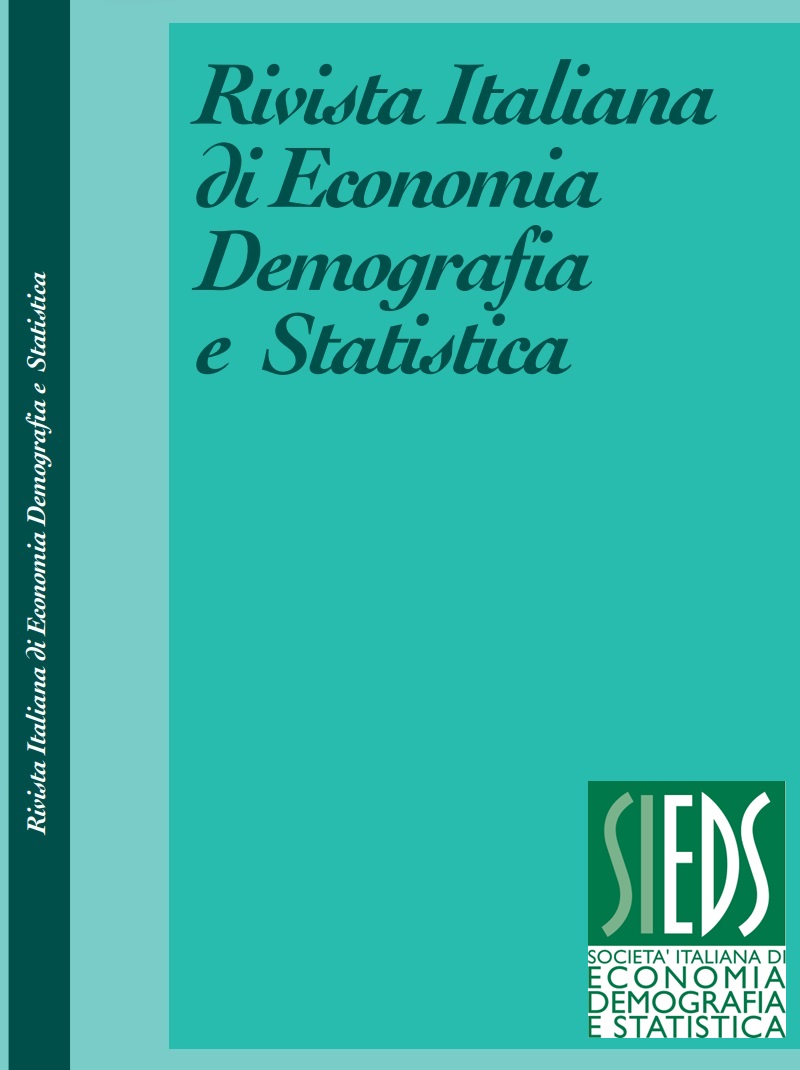Beyond the emergency: characteristics and behaviour of refugees and asylum seekers in Italy
DOI:
https://doi.org/10.71014/sieds.v77i3.199Abstract
In the last decade, Italy has been affected by significant flows of
migration for humanitarian reasons. According to the Italian National Institute of
Statistics (Istat) more than 500,000 people have sought asylum in Italy since 2014
(the year of the first humanitarian crisis in the Mediterranean). In 2021, there were
almost 31,000 new permits for reasons related to international protection. Most of
the new documents were granted to Pakistani nationals (6,090), followed at a
distance by Bangladeshis (nearly 5,000) and Nigerians (3,057). Incoming flows are
clearly recovering (+129%) compared to the previous year, a period affected by the
pandemic. Contrary to earlier understanding, some of people arriving for
humanitarian reasons are not temporarily passing through the country but remain
for many years. Refugees and asylum seekers have special characteristics that
distinguish them from the other migrants. The aim of the paper is to present a
descriptive analysis of the inflows and the stocks of asylum seekers and refugees
during the last decade. The study is based on the data of residence permits. This
dataset highlights the dynamics that have affected these particular flows of
migrants. In the first part, our paper focuses on the characteristics of migrants and
their territorial distribution in Italy. In the second part the authors analyze, applying
record linkage techniques and regression models, the likelihood that asylum
seekers remain in Italy and study the factors that affect the choice to stay.
Downloads
Published
Issue
Section
License
Copyright (c) 2023 Oliviero Casacchia, Cinzia Conti, Camilla Pangallo, Fabio Massimo Rottino

This work is licensed under a Creative Commons Attribution 4.0 International License.



